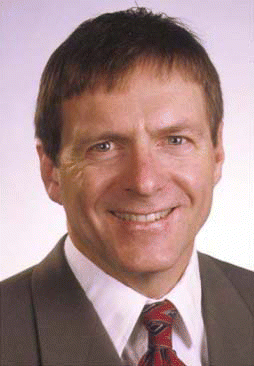The number of people looking for a nip here, a tuck there, a new nose, or higher brows is on the rise. Recent statistics from the American Society of Plastic Surgeons (ASPS) reported that more than 10.2 million people in the United States underwent cosmetic surgery in 2005, representing an 11% increase from the previous year. Of these procedures, 5.4 million were for reconstructive plastic surgery. A slightly higher number of 11.5 million procedures was reported by the American Society for Aesthetic Plastic Surgery (ASAPS), which included both surgical (19%) and nonsurgical (81%) procedures.
Explore This Issue
July 2006Not only are more people seeking cosmetic surgery every year, but more types of people are undergoing these procedures. According to the ASPS statistics, the number of cosmetic plastic surgeries among ethnic minorities increased by 44% from 2000 to 2004. From 2004 to 2005, the number of procedures in these populations increased by 65% with about 2.3 million procedures performed.
With this increased demand for cosmetic plastic surgeries among ethnic minorities, otolaryngologists–head and neck surgeons will be challenged to understand the values and priorities of these groups.
In addition, approval of cosmetic surgery among men is increasing and more men are turning to the knife or chemicals to remedy what nature has either not granted or has taken away. The ASAPS reported that 985,000 men underwent some type of cosmetic plastic surgery in 2005, which represented about 9% of the total number of procedures. Unlike the yearly increases among ethnic minorities, however, procedures in men dropped by 15% from 2004.
Rise in Plastic Surgery among Ethnic Minorities
“The trend for aesthetic plastic surgery in ethnic groups is increasing,” said Mark L. Jewell, MD, past President of the American Society of Aesthetic Plastic Surgery (ASAPS), and a plastic surgeon in private practice in Eugene, Ore. “All cultures find value in aesthetic procedures and the numbers across the board appear to be increasing.”
“All cultures find value in aesthetic procedures and the numbers across the board appear to be increasing.” – —Mark L. Jewell, MD
According to estimates from the ASPS, Hispanic Americans are leading the way with nearly 921,000 cosmetic plastic surgeries performed in 2005, up from 553,000 in 2004. Following are African-Americans who underwent more than 769,000 procedures in 2005, up from 460,000 procedures in 2004. Last are Asian-Americans who underwent about 437,000 procedures in 2005, up from 276,000 in 2004. Overall, ethnic minorities accounted for about 21% of all cosmetic procedures done in 2005, with Hispanics having about 9% of the estimated 10.2 million total cosmetic surgeries in 2005, African-Americans about 8%, and Asians about 4%.

Leave a Reply